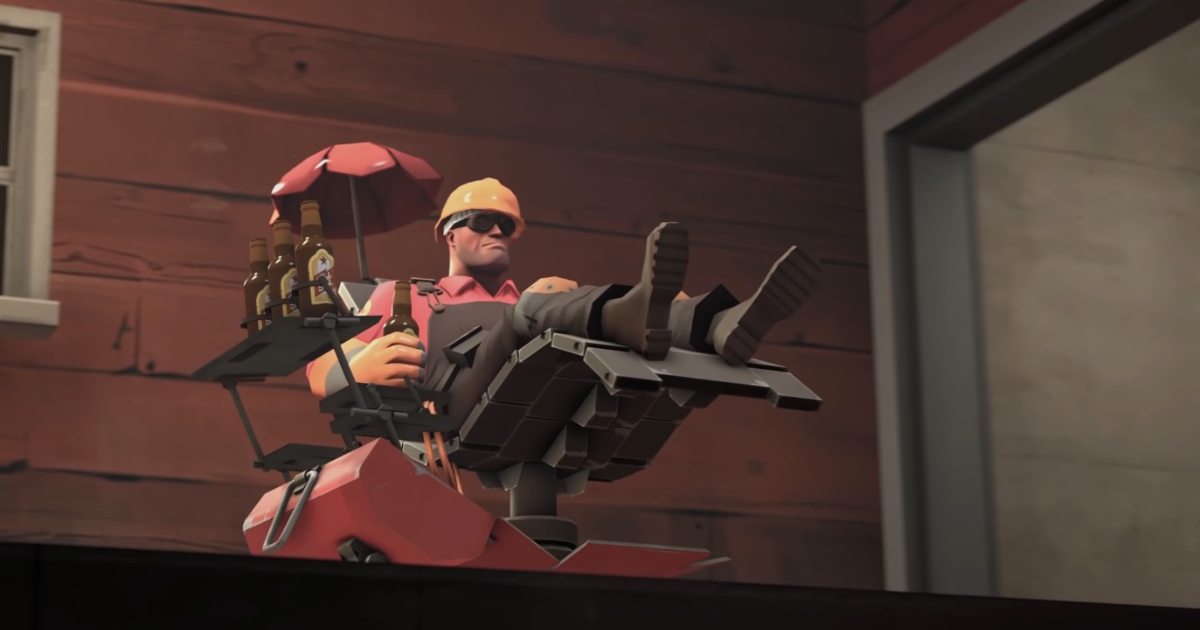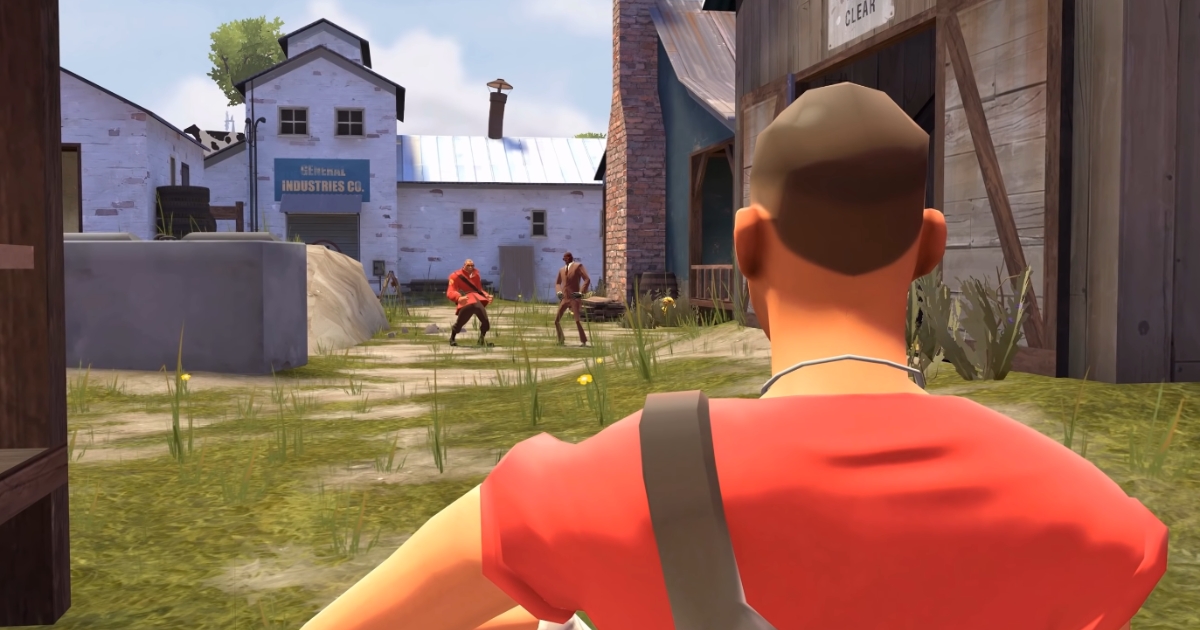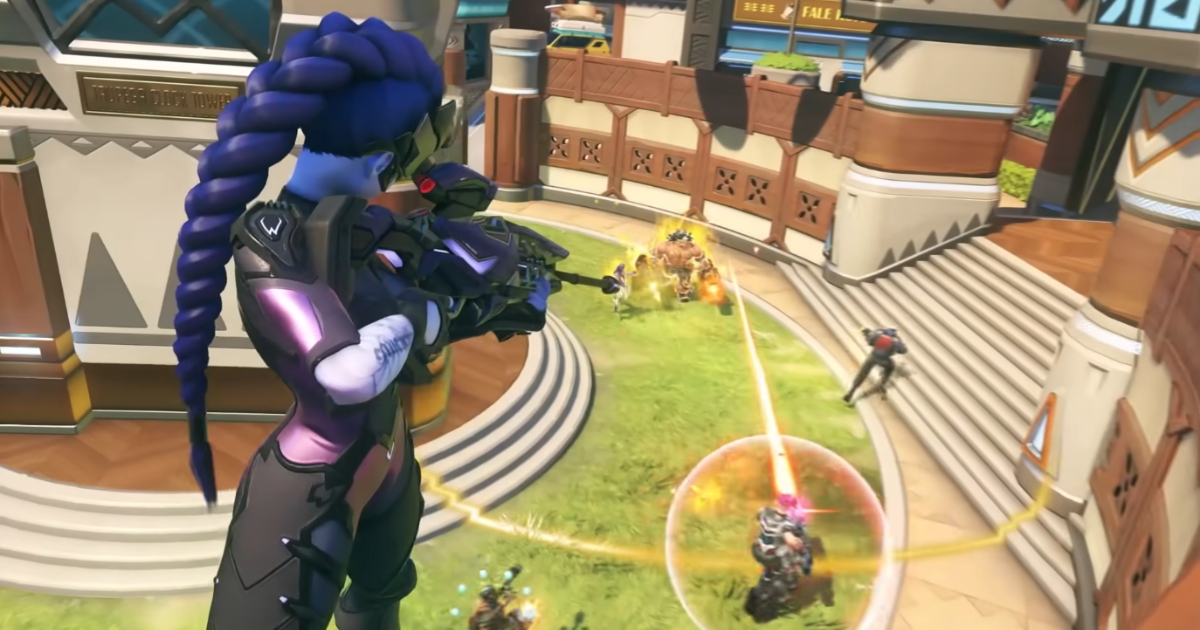The eSports landscape is massive and super competitive, but two games really shine through: Overwatch and Team Fortress 2 (TF2). Overwatch, Blizzard Entertainment’s creation, made a splash when it debuted in 2016, quickly building a big fan base.
Started out as a heavyweight in the eSports arena, known for its unique characters and smart gameplay. However, its popularity has dipped recently.
Meanwhile, Valve’s Team Fortress 2 has been a constant in the multiplayer FPS world since 2007 and it’s still holding its own. It’s an older game, but it’s got a solid base even as newer games like Overwatch are having a tough time. Players can buy all kinds of cool stuff for both games on websites like https://dmarket.com/.
We’re going to dig into this topic more, focusing on what’s most important.
The Decline of Overwatch
Overwatch’s decline can be attributed to several key factors, beginning with significant content updates. Since April 2020, the game has seen a marked decrease in the addition of new characters and gameplay elements, a stark contrast to its early years. This stagnation in content has left players yearning for more, a need unfulfilled by the mere introduction of new skins and maps.
Competing titles like Apex Legends, Fortnite, Valorant, and League of Legends have capitalized on this gap, continuously refreshing their gameplay with new characters, maps, and storylines. This consistent influx of content keeps their communities engaged and growing, a strategy Overwatch has seemingly abandoned.
The changes in Overwatch’s structure, notably a shift towards a more restrictive gameplay style, haven’t been well-received by its community. The game’s charm initially lay in its regularly updated roster of characters, and the slowing of new character introductions has led to disengagement among players. This situation worsened with the exit of Jeff Kaplan, a key figure in the development of Overwatch, which raised concerns about the future direction and vision of Overwatch 2.
Economically, Overwatch’s choice to remain a paid game places it at a competitive disadvantage in comparison to its rivals who have embraced the free-to-play model. This pricing strategy can deter new players, who often prefer the low entry barrier of free-to-play games.
In 2021, Overwatch’s average monthly player base was recorded at 5 -7.3 million, a number significantly lower than that of its competitors. The buildup to the release of Overwatch 2 has been marred by delays and a general sense of skepticism. If Overwatch 2 does not succeed in revitalizing the series, the game faces the risk of a continued decline in its popularity, especially in a market filled with more frequently updated and evolving titles.
As we delve into the dynamic landscape of multiplayer shooter games, it becomes evident that understanding the allure of these virtual realms goes beyond the surface, with irresistible gaming experiences shedding light on the intricacies explored further in another insightful piece.
The Rise of Team Fortress 2
Contrasting Overwatch’s struggle is Team Fortress 2’s enduring success. Despite being released in 2007, TF2 has maintained a robust player base, a testament to its appealing game design and consistent updates. The game’s simple yet engaging gameplay emphasizes cooperation and strategy, factors that have contributed to its long-standing popularity.
One of TF2’s most notable features is its Permanent PvE mode, Mann Vs. Machine, which I an engaging and rewarding experience compared to Overwatch 2’s paid wave-based mode. This mode has been particularly successful in keeping the player base engaged, offering a different yet complementary experience to the main PvP gameplay.
Team Fortress 2 stands out for its player-friendly customization and accessibility. In contrast to Overwatch 2, where players often face paywalls or extensive gameplay to access cosmetic items, TF2 provides a broad range of customization options that are readily available.
Another crucial aspect of TF2’s enduring success is its consistency. Since its debut, the game has undergone minimal drastic changes. This has ensured that the fundamental game mechanics remain familiar to both newcomers and long-time players, contributing to a stable and accessible gaming environment.
Overwatch 2, which frequently rebalances its classes – a move that can alienate players and disrupt well-established playing styles, whereas TF2’s stability has cultivated a dedicated and content player base. The game’s steady nature, combined with its welcoming approach to new players, plays a significant role in its continued popularity and success in the competitive gaming landscape.
Comparing Game Dynamics
In analyzing the game dynamics of Overwatch 2 and Team Fortress 2, their divergent paths become clearer. Overwatch 2 is known for its intricate gameplay and frequent adjustments to its character roster. These continuous updates, while intended to maintain a balanced game environment, often result in players having to constantly adapt.
The game’s complexity, though appealing to a segment of the gaming community, can be daunting for casual players or those who prefer a more stable gaming experience. This constant need to relearn and adapt can diminish the enjoyment for players who seek familiarity and consistency in their gaming experience.
On the flip side, Team Fortress 2 offers a gaming experience that is both straightforward and stable, appealing to a broad range of players. The game’s simplicity is rooted in its focus on essential gameplay mechanics.
These core mechanics are easy to understand, making the game accessible to newcomers, yet they offer enough depth to remain challenging and engaging for experienced players.
The Future of Overwatch 2
The fate of the Overwatch franchise largely depends on how well Overwatch 2 is received. If Overwatch 2 doesn’t bring the anticipated new features and upgrades, the franchise might see a continued drop in popularity.
If Overwatch 2 manages to fix the issues of the first game and brings in exciting new elements, it has the potential to breathe new life into the franchise and reclaim its spot in the competitive gaming world.
The anticipation surrounding Overwatch 2 is a double-edged sword. While it generates interest, it also sets high expectations. Delays in release have only heightened these expectations, placing immense pressure on the game to perform.
The game’s success is crucial not just for its immediate impact but also for setting the tone for the franchise’s future direction.
Closing Thoughts
In conclusion, the contrasting fortunes of Team Fortress 2 and Overwatch 2 illustrate the importance of consistent content updates, player engagement, and game design in maintaining a game’s popularity in the competitive eSports environment.
TF2’s enduring success is a result of its consistent game design, engaging modes, and player-friendly approach. In contrast, Overwatch’s decline can be attributed to its stagnant content, complex gameplay changes, and a paid model that limits accessibility.

















